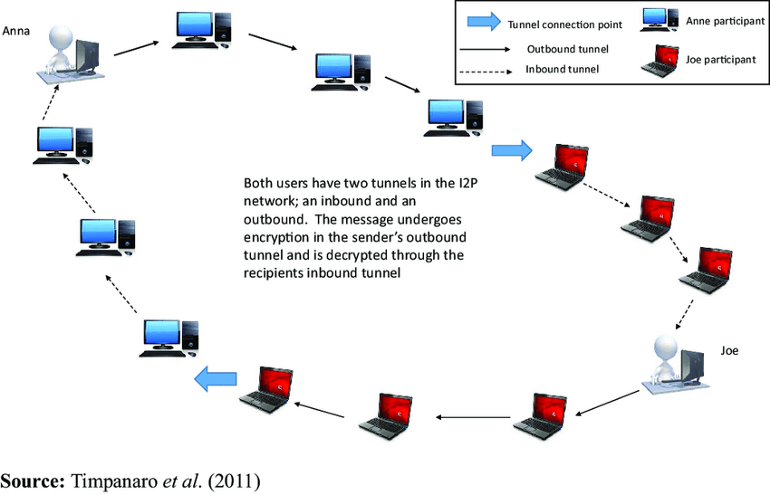

Martinez agrees and hopes that more students pursue their career ambitions while they are still in college. “We need to collaborate with the engineers and the biotech people because they are making things that we would never think of.” “As business majors, we need to look outside of the box,” says Hernandez, who is also president of Enactus. The reality of startups today is that it takes more than one person and more than one field of study to succeed, Hernandez says. The team members got together through Enactus, a student entrepreneurship club, and they are glad they collaborated with people outside of their college. Prior to the competition, Sullivan and Stein had never met Hernandez and Martinez. Martinez is also overseeing the company’s marketing strategy. Hernandez and Martinez are creating a business model that addresses manufacturing, sales and promotion. Department of Defense and United Nations.
CSU I2P HOW TO
Stein, who is a military veteran, is figuring out how to get their product noticed by the U.S. The team members are tapping into their skill sets and taking on various roles to make the startup a success. So, we’ll just be the lucky ones with a patent.” “The people we talked to wondered why anyone hadn’t made this yet. “There’s really nothing like this out there,” says Stein, who says comparable devices are often big, bulky and cost as much as $8,000. Team members envision different uses of their product outside of the science lab and believe that doctors and dentists in developing countries could benefit from the invention. The group will use the prize money to spur production of Accommodair models by the end of winter quarter, and Sullivan has already filed a patent for his device.

Sullivan, Stein, Hernandez and Martinez are now kicking into high gear their goal of turning the device into a real product backed by a company they established: Abiotic Technologies Inc. “They showered us with praise for 10 minutes after our presentation,” says Sullivan, who was approached by judges and competitors interested in buying the product. Most important, they gained the attention of judges and attendees. The group competed in late January, earned second place and received a $2,000 cash award. He partnered with graduate science student Paul Stein and business majors Misael Hernandez and Leslie Martinez to enter his product – Accommodair – into the Idea to Project (I2P) competition, an event organized by the CSU Biotechnology Symposium. Sullivan’s creation was so well-received that he decided to take the next step. No one else working in the lab could say that.
CSU I2P PORTABLE
He tinkered with a few ideas until he found a solution: a portable device that blows sterile air onto work stations.īy the end of summer, Sullivan successfully avoided contamination of his petri dishes.

Sullivan was disappointed that the dishes were easily contaminated with bacteria and resolved to fix the problem. While working at a Cal Poly Pomona lab last summer, he was assigned to transfer worms to different sets of petri dishes.

Frustration is what changed Nick Sullivan from biochemistry student to chief executive officer of his own company.


 0 kommentar(er)
0 kommentar(er)
